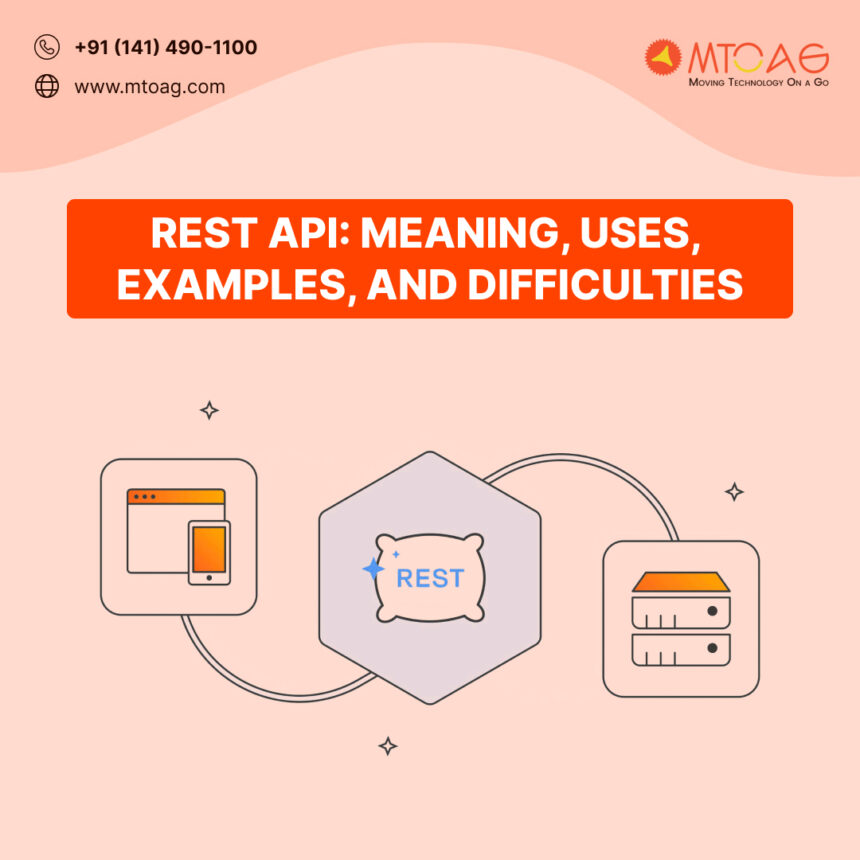In the rapidly evolving world of technology, API Integration has emerged as a crucial component of software development. As businesses seek to enhance their operational efficiency and deliver seamless user experiences, understanding API Integration becomes essential. This article delves into the fundamentals of API Integration, its significance, best practices, and how it can transform your applications.
What is API Integration?
API (Application Programming Interface) Integration refers to the process of connecting different software applications through their APIs, allowing them to communicate and share data effectively. APIs act as intermediaries, enabling disparate systems to work together seamlessly. This integration is vital for businesses aiming to streamline processes, reduce manual effort, and enhance overall productivity.
Why is API Integration Important?
- Enhanced Connectivity: In a digital landscape where applications need to interact with each other, API Integration provides a robust framework for connectivity. This interaction facilitates data sharing, enabling applications to pull and push information across platforms.
- Improved Efficiency: By automating data exchange between applications, API Integration reduces manual tasks and human errors. This efficiency allows teams to focus on more strategic activities rather than spending time on repetitive tasks.
- Scalability: As businesses grow, their software needs evolve. API Integration allows organizations to scale their applications by integrating new services and functionalities without overhauling existing systems.
- Real-Time Data Access: With API Integration, businesses can access real-time data, which is crucial for making informed decisions. This immediacy helps organizations respond quickly to market changes and customer demands.
- Enhanced User Experience: Seamless integration of services can significantly enhance the user experience. For example, integrating payment gateways, social media platforms, or customer relationship management (CRM) systems can provide users with a more comprehensive and convenient service.
Types of API Integrations
- Open APIs (Public APIs): These are APIs made publicly available to developers and third-party applications. They encourage innovation and collaboration by allowing developers to build on top of existing services.
- Partner APIs (External APIs): These APIs are shared with specific partners and require registration. They facilitate data sharing and collaboration with selected organizations.
- Internal APIs (Private APIs): These APIs are designed for internal use within an organization. They enable different teams and systems within the company to communicate effectively.
- Composite APIs: These APIs allow developers to access multiple endpoints in a single call, improving efficiency. They are particularly useful for applications that need to aggregate data from various sources.
Best Practices for API Integration
- Define Clear Objectives: Before initiating any API Integration project, clearly define your objectives. Understand what you want to achieve and how the integration will benefit your organization. This clarity will guide your implementation strategy.
- Choose the Right APIs: Selecting the appropriate APIs is crucial for successful integration. Assess various APIs based on their reliability, documentation, support, and community engagement. Choose those that align with your project goals.
- Focus on Security: Security should be a top priority during API Integration. Implement authentication mechanisms, such as OAuth, to ensure that only authorized users can access your APIs. Regularly review and update your security protocols to protect against vulnerabilities.
- Utilize API Management Tools: Consider using API management tools to simplify the integration process. These tools offer features like monitoring, analytics, and security, allowing you to manage your APIs efficiently.
- Implement Version Control: APIs evolve over time. Implement version control to manage changes effectively without disrupting existing integrations. This practice ensures that your integrations remain stable and functional.
- Test Thoroughly: Rigorous testing is essential to ensure that your API integrations function as intended. Conduct functional, performance, and security tests to identify and resolve any issues before going live.
- Monitor and Optimize: After deployment, continuously monitor your API integrations. Use analytics to track performance metrics and identify areas for improvement. Regular optimization can enhance the overall efficiency of your integrations.
The Role of API Integration in Digital Transformation
In today’s digital era, organizations are undergoing significant transformations to remain competitive. API Integration plays a vital role in this process by enabling businesses to:
- Streamline Workflows: By automating data flow between applications, Software Development, Digital Transformation eliminates bottlenecks, allowing for smoother workflows.
- Enhance Collaboration: API Integration fosters collaboration among teams by providing access to shared resources and data. This collaboration can lead to more innovative solutions and improved problem-solving.
- Adopt New Technologies: As new technologies emerge, organizations can easily integrate them into their existing systems through APIs, ensuring they stay at the forefront of innovation.
Real-World Examples of API Integration
- E-commerce Platforms: Many e-commerce websites utilize Software Development, Digital Transformation to connect with payment gateways, inventory management systems, and shipping providers. This integration ensures a smooth purchasing experience for customers.
- Social Media Integration: Businesses often integrate social media APIs into their applications to enable features like sharing, authentication, and social interactions, enhancing user engagement.
- Healthcare Systems: In the healthcare sector, Software Development, Digital Transformation facilitates secure data exchange between electronic health records (EHRs), patient management systems, and billing platforms, improving patient care and operational efficiency.
- Travel Booking: Travel applications often use Software Development, Digital Transformation to connect with airlines, hotels, and car rental services. This integration allows users to book complete travel packages seamlessly.
Challenges of API Integration
While API Integration offers numerous benefits, it also comes with its own set of challenges:
- Complexity: Integrating multiple APIs can be complex, especially if they have different data formats and protocols. This complexity can lead to integration issues and increased development time.
- Documentation Quality: Poorly documented APIs can pose significant challenges for developers. Inadequate documentation can lead to misunderstandings and integration errors.
- Security Risks: API vulnerabilities can expose sensitive data to cyber threats. Organizations must prioritize security measures to protect their data and systems.
- Dependency on Third Parties: Relying on external APIs means that organizations are subject to the performance and reliability of those services. Any downtime or changes to the external API can impact your application.
Conclusion
API Integration is a powerful tool that can enhance operational efficiency, improve user experiences, and drive digital transformation. By understanding its importance, following best practices, and addressing potential challenges, organizations can leverage Software Development, Digital Transformation to achieve their goals and stay competitive in the digital landscape. As technology continues to evolve, the significance of API Integration will only grow, making it a critical focus for businesses of all sizes.






